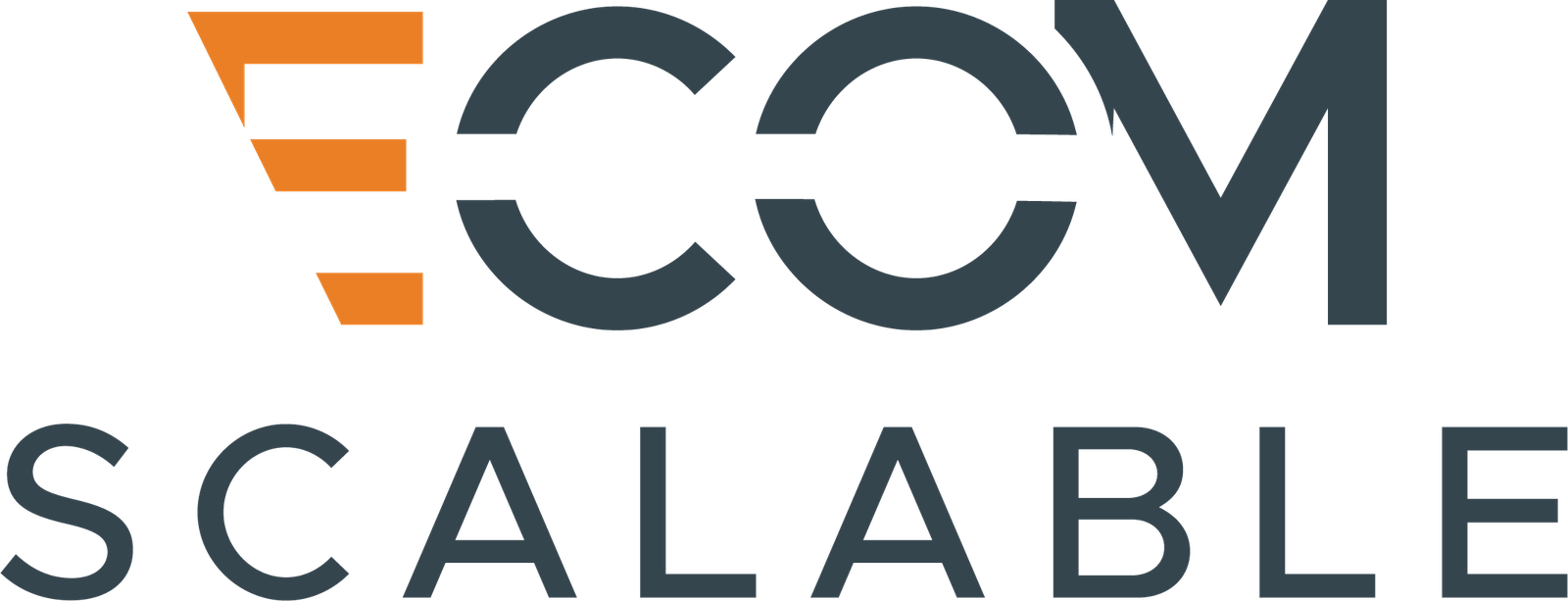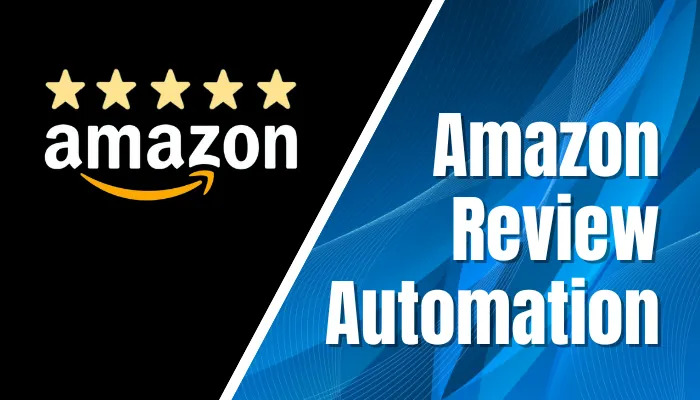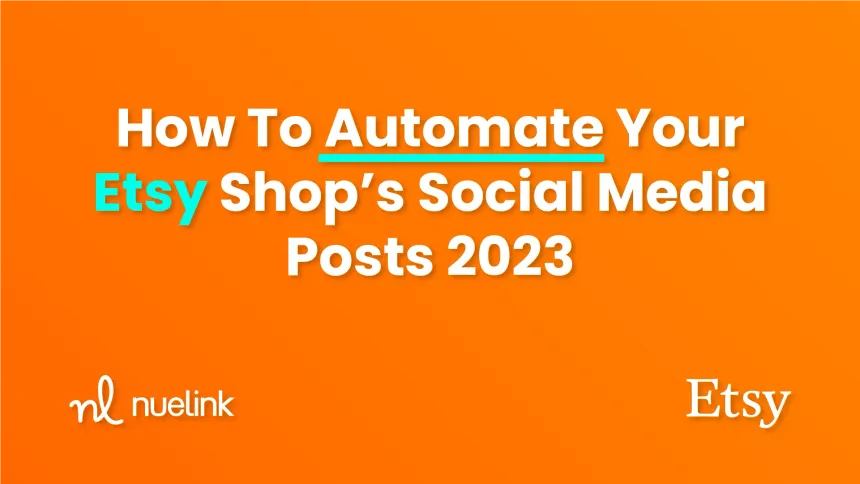Selling on Amazon is a competitive venture, with millions of products vying for customer attention. To thrive in this dynamic marketplace, automation is no longer a luxury but a necessity. Automating your Amazon product listings can save you time, enhance visibility, and boost sales, allowing you to focus on broader business strategies. Here’s a comprehensive guide to help you automate your Amazon product listings effectively.
Why Automate Your Amazon Product Listings?
Managing Amazon listings manually can be overwhelming, especially as your inventory grows. Automation streamlines repetitive tasks, minimizes errors, and helps optimize your listings to meet Amazon’s ever-changing algorithms. Let’s break down the key benefits:
Save Time and Resources
Manually updating listings, adjusting prices, and managing inventory can be time-consuming. Automation tools handle these tasks efficiently, freeing up your time for strategic decision-making. Instead of spending hours poring over inventory spreadsheets or competitor pricing, you can redirect your energy towards activities that directly grow your business.
Enhance Visibility
Amazon’s algorithm rewards optimized and consistently updated listings. Automated systems ensure your products remain aligned with trending search terms and keyword changes. By staying relevant in search results, you increase the chances of your products being discovered by potential buyers. Enhanced visibility translates to more clicks and ultimately more sales.
Increase Sales
Automation helps sellers dynamically adjust their strategies based on market demands. Whether it’s repricing products to stay competitive or targeting specific customer segments with tailored content, automation boosts your ability to capture sales opportunities. Sellers who invest in automation often see significant improvements in their sales conversion rates and overall revenue.
Reduce Errors
Manual processes are prone to mistakes, such as incorrect pricing, mismatched product descriptions, or inventory discrepancies. These errors can lead to dissatisfied customers, poor reviews, and even penalties from Amazon. Automation significantly reduces the risk of such issues by ensuring accuracy and consistency across all product listings.
Challenges of Automating Amazon Listings and How to Overcome Them
While automation offers numerous benefits, it’s not without its challenges. Being aware of these potential hurdles can help you develop strategies to address them effectively.
Data Accuracy
Automation relies heavily on accurate data to function effectively. If your inventory levels, pricing information, or keyword data are incorrect, automation tools might execute the wrong actions. For instance, selling out-of-stock items due to mismanaged inventory can harm your seller rating.
How to Overcome:
- Regularly audit your data inputs to ensure accuracy.
- Use integrated systems that automatically sync data from your inventory and sales reports.
- Set up alerts for discrepancies or anomalies in your data.
Tool Integration
Using multiple tools for different aspects of your Amazon business can be challenging, especially if they don’t integrate well with each other. A fragmented system can lead to inefficiencies and miscommunication between tools.
How to Overcome:
- Opt for tools with robust integration capabilities or consider an all-in-one platform.
- Work with third-party developers or consultants to streamline your system.
- Test integration compatibility before committing to a tool.
Cost Management
High-quality automation tools often come with a substantial price tag. For small businesses or new sellers, this can be a barrier to entry. Balancing cost and functionality is essential to maximize ROI.
How to Overcome:
- Start with tools that offer flexible pricing plans or trial periods.
- Evaluate the features you truly need versus extras that may not add value.
- Monitor your tool’s impact on sales and efficiency to justify costs.
Staying Updated with Amazon Policies
Amazon frequently updates its seller policies and algorithms. Automation strategies that worked last year might no longer be effective or even compliant. Staying ahead of these changes is critical to maintaining your competitive edge.
How to Overcome:
- Subscribe to Amazon’s seller updates and news alerts.
- Join seller forums and communities to stay informed.
- Regularly review your automation workflows for compliance with current policies.
Over-Automation
While automation can streamline operations, over-automation may result in a lack of personal touch. Customers value authentic and responsive interactions, which may be compromised if every aspect of your business is automated.
How to Overcome:
- Balance automation with personalization by customizing certain elements, like review requests.
- Set manual checkpoints for tasks that require human judgment, such as responding to customer inquiries or tailoring marketing messages.
- Continuously gather customer feedback to refine your approach.
Best Practices for Successful Automation
To make the most of automation, consider these best practices:
- Regular Audits: Periodically review automated processes to ensure they align with your business goals. Automation tools should evolve with your business needs.
- Focus on High-Impact Areas: Identify which aspects of your Amazon operations will benefit most from automation, such as pricing or inventory management.
- Invest in Training: Ensure you and your team understand how to use automation tools effectively. This reduces errors and maximizes the tools’ potential.
- Embrace Flexibility: The e-commerce landscape is constantly changing. Choose tools and strategies that allow you to adapt quickly to new trends and challenges.
Automating your Amazon product listings is an essential step toward increasing visibility, boosting sales, and optimizing efficiency. By focusing on strategic automation and addressing potential challenges proactively, you can position your business for sustained success in Amazon’s competitive marketplace. While automation is not a magic bullet, when implemented thoughtfully, it can be a game-changer for sellers looking to scale their operations and improve their bottom line.
——————————————————————-
Maximize Your Amazon Profits with Automated Repricing and Pricing Strategies
If you’re an Amazon seller, you know that pricing plays a crucial role in your success. With millions of sellers vying for attention in Amazon’s marketplace, setting the right price for your products can be the difference between a sale and a lost opportunity. In this competitive environment, the ability to dynamically adjust your prices can significantly boost your profits. Automated repricing and strategic pricing are two powerful tools that can help you achieve just that.
The Power of Pricing on Amazon
Pricing isn’t just about being the cheapest option. It’s about finding the sweet spot that maximizes your profits while still remaining competitive. Setting prices too high may drive customers away, while pricing too low can erode your margins and make it difficult to maintain a sustainable business.
Amazon’s pricing algorithm takes many factors into account, including competitor prices, customer demand, product quality, and reviews. The key is to stay competitive without undercutting your profits. This is where automated repricing and pricing strategies come into play.
What is Automated Repricing?
Automated repricing is the process of using software tools to automatically adjust your product prices based on specific conditions you set. These conditions could include competitor prices, product demand, or predefined pricing rules. Instead of manually checking and adjusting prices every day or even multiple times a day, automated repricing allows you to set up your strategy and let the software handle the rest.
Amazon offers its own repricing tool, but there are also third-party tools that provide additional features, flexibility, and control over your repricing strategy. Tools like RepricerExpress, Informed.co, and Feedvisor allow you to customize your repricing strategies based on your business objectives, whether that’s maximizing sales, profitability, or maintaining a competitive edge.
How Does Automated Repricing Work?
Automated repricing tools use algorithms to adjust your prices in real-time based on a set of predetermined rules. The software continuously monitors the prices of competing sellers for the same or similar products and adjusts your price accordingly.
Some of the common strategies used in automated repricing include:
- Competitive Pricing: The most common approach, where your price is adjusted to stay competitive with the lowest-priced competitor. If your price is higher than others, the tool can automatically lower your price to match or be slightly lower than the competitor.
- Profit Margin Maintenance: In addition to competing on price, you can set minimum price thresholds to ensure that you’re not pricing below a point that would hurt your profitability. Repricing tools can adjust your price to stay competitive while ensuring that you meet your minimum margin goals.
- Buy Box Ownership: The Amazon Buy Box is a critical area for sellers. Automated repricers can help you remain in the running for the Buy Box by adjusting your price to match the conditions needed to win it. The Buy Box accounts for the majority of sales on Amazon, so winning it can lead to a significant increase in profits.
- Price Floor and Ceiling Settings: With automated repricing tools, you can set a price floor (the lowest price you’re willing to accept) and a price ceiling (the highest price you’re comfortable with). The tool will automatically adjust prices within these boundaries to keep your products competitive while protecting your margins.
The Benefits of Automated Repricing
Automated repricing offers several advantages that can significantly improve your Amazon business:
- Time Savings: Manually adjusting your prices can be time-consuming, especially if you have a large inventory or a high number of competitors. Automated repricing eliminates the need for constant monitoring and adjustments, freeing up time to focus on other aspects of your business.
- Improved Profitability: By dynamically adjusting your prices based on real-time market data, automated repricing ensures that your prices are always optimized for maximum profitability. This helps you avoid overpricing or underpricing, both of which can harm your margins.
- Increased Competitiveness: Automated repricing helps you stay competitive by constantly monitoring the market and adjusting your prices to match or beat the competition. This increases your chances of winning the Buy Box and driving more sales.
- 24/7 Operation: Unlike manual pricing, automated repricing tools work around the clock, ensuring that your prices are constantly optimized, even when you’re not actively monitoring them. This is especially important in a fast-paced marketplace like Amazon, where prices can change rapidly.
- Reduced Risk of Human Error: Manual pricing adjustments are prone to errors, whether from overlooking a competitor’s price change or failing to update prices quickly enough. Automated repricing eliminates this risk by relying on algorithms to manage price adjustments consistently.
Strategic Pricing: Going Beyond Repricing
While automated repricing is a powerful tool, it’s important to integrate it with a well-thought-out pricing strategy to maximize its effectiveness. Here are a few strategies to consider when setting your prices on Amazon:
- Understand Your Costs and Profit Margins: Before implementing any pricing strategy, you need to have a clear understanding of your product costs, including manufacturing, shipping, Amazon fees, and other expenses. This will help you set price floors that protect your margins and ensure profitability.
- Evaluate Competitor Pricing: While automated repricing tools can adjust your prices based on competitors, it’s still important to evaluate your competitors’ pricing strategies manually. Are they focusing on volume sales by keeping prices low? Are they offering premium products at higher prices? By understanding your competitors’ strategies, you can better position your products to stand out in the marketplace.
- Leverage Psychological Pricing: Pricing strategies that take consumer psychology into account can make a big difference in driving sales. For example, pricing items at $19.99 instead of $20.00 can increase conversion rates due to the “left-digit effect.” Consider how small pricing tweaks can influence buyer behavior.
- Seasonal and Promotional Pricing: Your pricing strategy should be flexible enough to accommodate seasonal trends, sales, or promotions. During high-demand periods like holidays, you may want to increase your prices, while offering discounts or bundle deals during slower periods to attract more customers.
- Test and Optimize: Pricing strategies should never be static. Continuously test different price points and monitor how they affect your sales and profitability. Use the insights from your automated repricer to fine-tune your strategy and maximize results.
Maximizing your Amazon profits requires a combination of smart pricing strategies and automation. Automated repricing tools can help you stay competitive, optimize your pricing in real-time, and free up your time for other business activities. When combined with a solid pricing strategy that takes your costs, competitors, and market trends into account, you can significantly improve your chances of success on Amazon. In a marketplace as dynamic as Amazon, the right repricing and pricing strategies can give you the edge you need to boost your profits and stay ahead of the competition.







